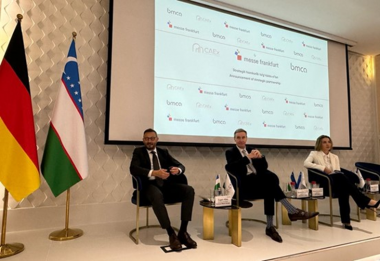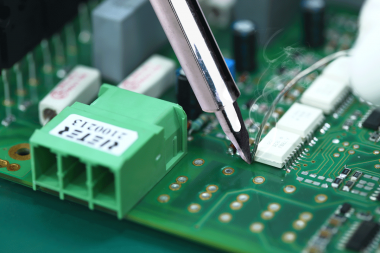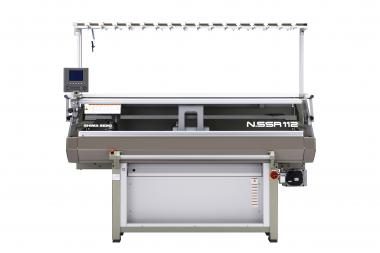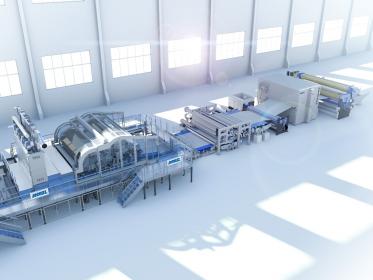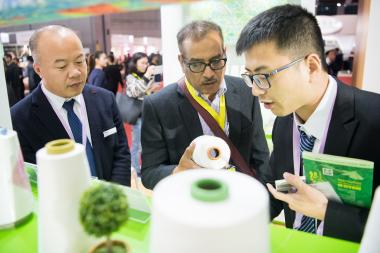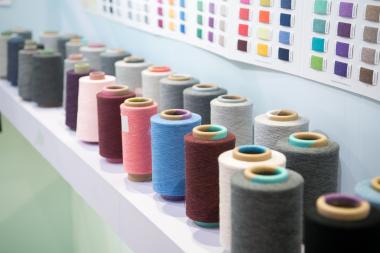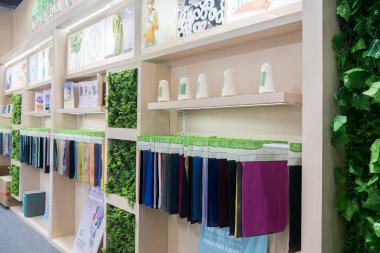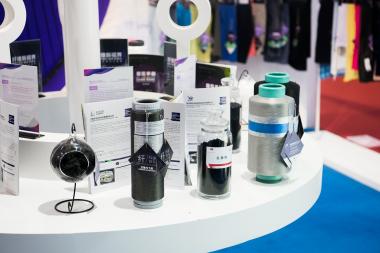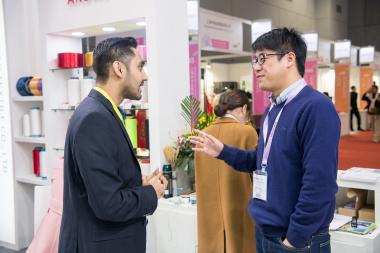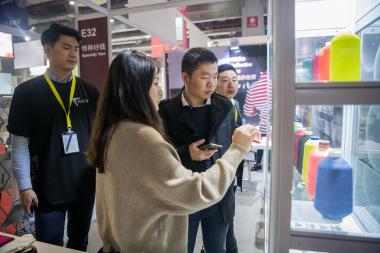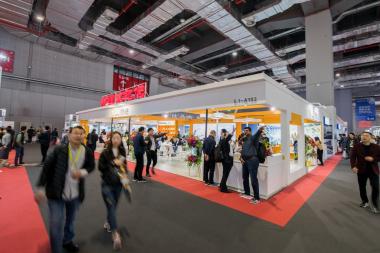Messe Frankfurt launches brand events in Central Asia
Messe Frankfurt will extend its footprint in the Central Asian market by establishing seven brand events in Tashkent, Uzbekistan. The country’s strategic location as a crossroads of Europe and Asia positions it as a promising trade gateway and transportation hub, facilitating the economic development of neighbouring countries and access to the wider region. The company’s stronger presence in the market will promote business opportunities and foster the sustainable development of pillar industries, including cosmetics, textiles and clothing, automotive, logistics and transportation.
Uzbekistan has a promising consumer market with significant potential. It is the largest in Central Asia and is expected to increase due to population growth, rising incomes and the modernisation of economic and industry sectors.
The nation has actively sought to diversify its economy in recent years, undertaking reforms for greater entrepreneurial freedom and opening up to more international and regional cooperation. The country already exports precious metals, textiles and agricultural produce. It imports machinery, equipment, means of transportation, and vehicle components from foreign trading partners. Attracting overseas investment is also apparent through incentives such as tax benefits, reduced import duties and simplified procedures for overseas investors.
In addition, shifting global supply chains and trading patterns could also drive opportunities in the region. The nation benefits from its geographical location owing to its position between Asia and Europe, to which the Uzbek Government recognises the prospects of investing in infrastructure, such as transportation and logistics, to create an efficient transit hub. Against this backdrop, China acknowledges the importance of developing routes along the Belt and Road while Europe has expressed a readiness to support Uzbekistan’s efforts to diversify transport corridors.
Line-up of shows include:
- Automechanika Tashkent; Futuroad Expo Tashkent; and, Scalex Tashkent: 23 – 25 October 2024
- Heimtextil Uzbekistan; Texworld Tashkent; and, Apparel Sourcing Tashkent: 6 – 8 November 2024
- Beautyworld Central Asia: 21 – 23 November 2024
Messe Frankfurt (HK) Limited


